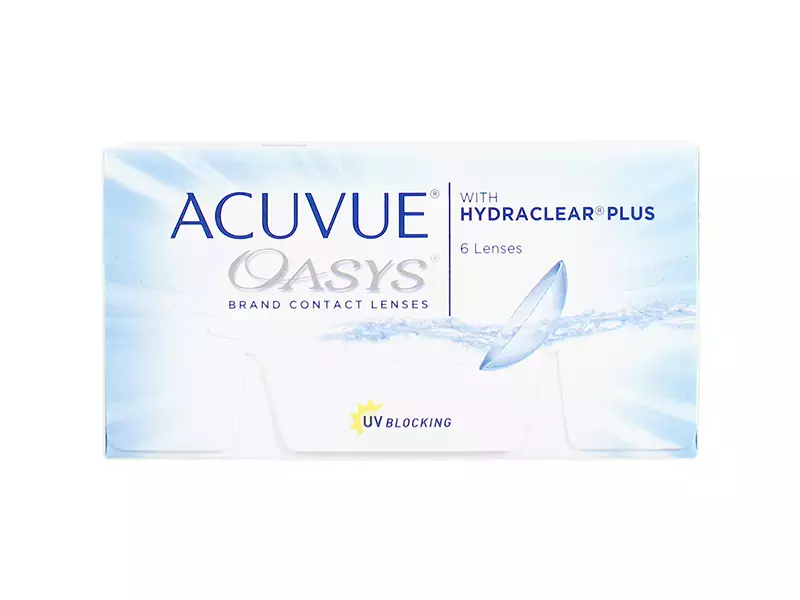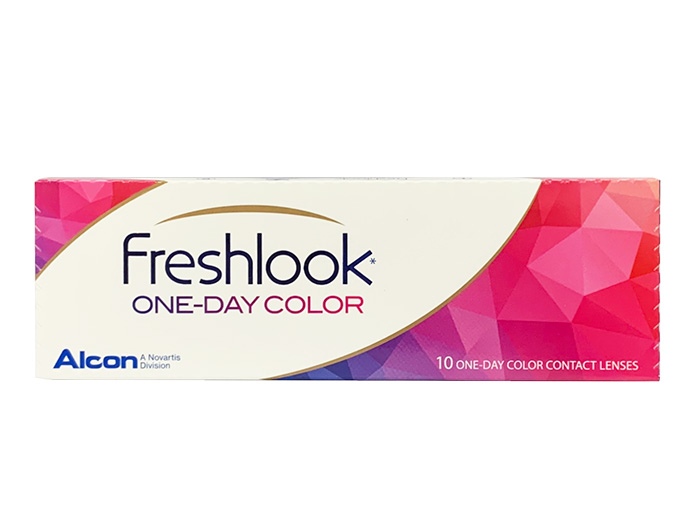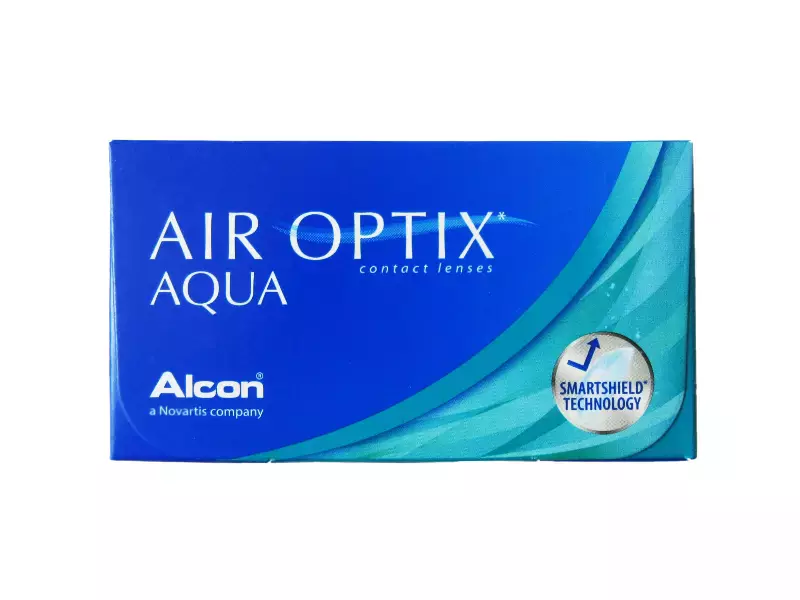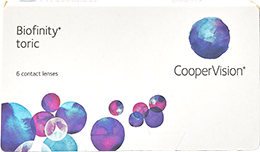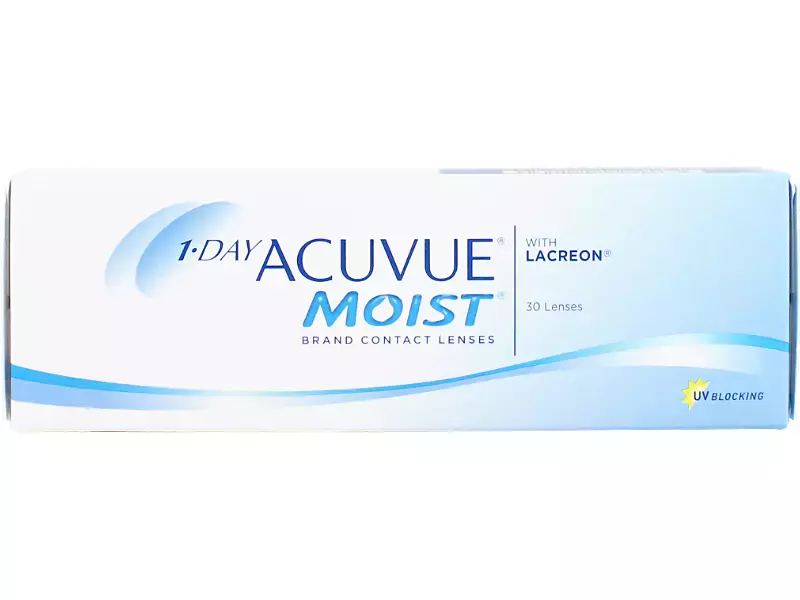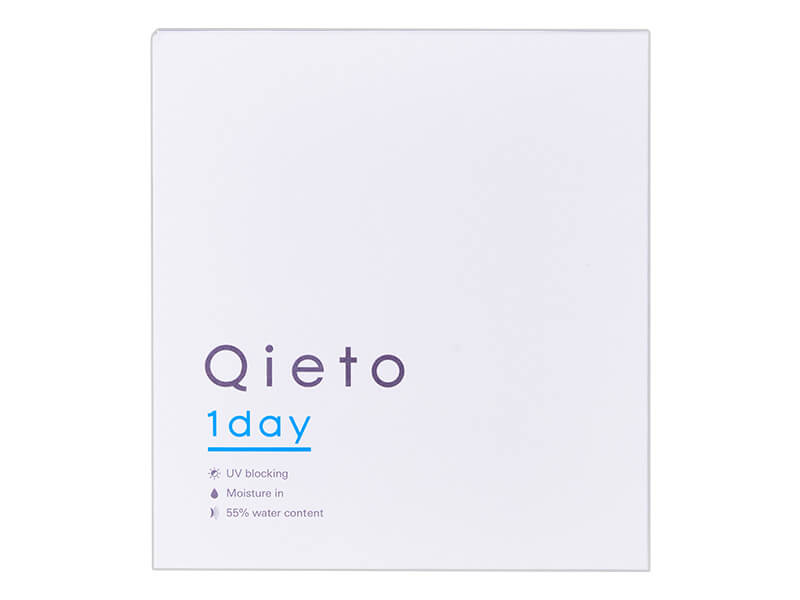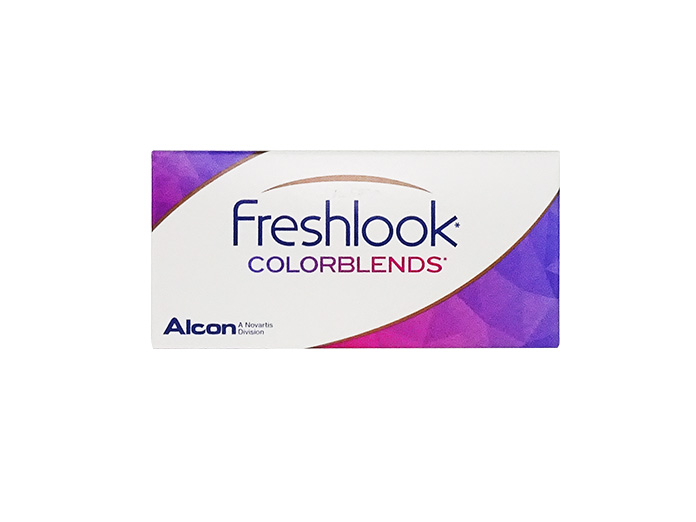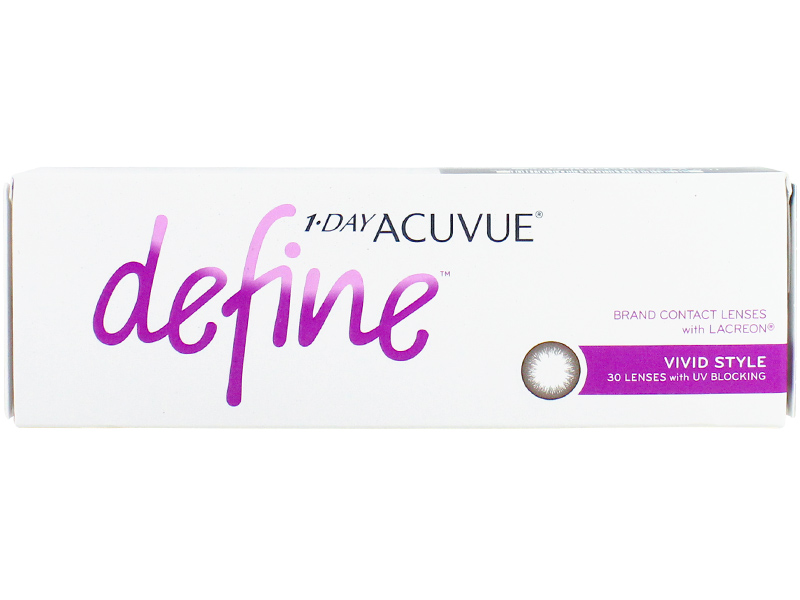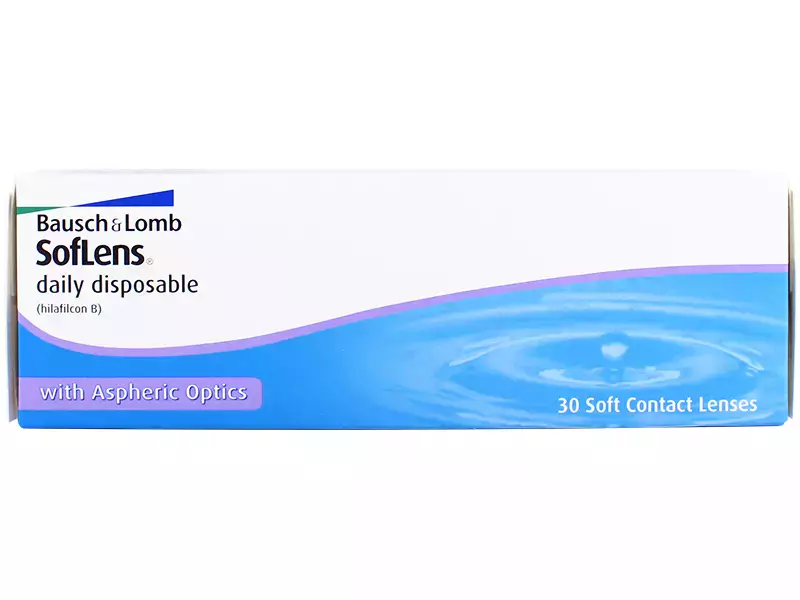Savelens Blogs
Tips for Contact Lens Wearers: Embrace Comfort in Every Season!
Each season comes with its drawbacks: winter’s chill, autumn’s gusts, spring’s showers, and summer’s heat. But for contact lens users, these changes can introduce a different challenge—seasonal discomforts. Factors like humidity, dryness, allergies, activities, and UV exposure can turn wearing lenses into a hassle. To help you navigate each season, here are our essential contact lens care tips; beginning with spring.
Spring Contact Lens Care
Spring heralds a mix of anticipation and apprehension for many contact lens wearers. It’s a season that can be especially harsh for those with allergies and less-than-perfect vision. Allergens abound, posing a challenge for eye health.
Airborne allergens can get trapped between the eye’s surface and the contact lens, causing discomfort and prompting increased tear production to flush them out. Moreover, this excessive tearing can lead to protein deposits adhering to your contacts, necessitating a strict lens care routine to prevent buildup.

Combatting the allergens themselves requires proactive measures before reactions escalate. Consider techniques like using a bulb syringe or Neti pot with saline solution to clear nasal passages and throat. Over-the-counter remedies like decongestant eye drops, steroidal nasal sprays, and antihistamines may also help.
For persistent symptoms, consulting a doctor becomes crucial. They might prescribe corticosteroid eye drops or recommend immunotherapy shots. Additionally, eye care professionals often advocate for a shift to daily disposable lenses. These make life simpler by ensuring a fresh, sterile pair of lenses each day.
Summer Contact Lens Care
When talking about summer, people often have thoughts of the sun, sea, and the sand. But for contact lens wearers, some of these elements can raise significant concerns.
UV Exposure
UV damage in Australia is a significant concern due to the country’s geographical location and climate. Situated near the ozone hole over Antarctica, Australia experiences higher levels of ultraviolet (UV) radiation compared to many other parts of the world. This intense UV exposure poses serious health risks, including skin cancer, premature ageing, and eye damage. The combination of clear skies, sunny weather, and outdoor lifestyles prevalent in Australia exacerbates the risk of UV damage. Consequently, the Australian government has implemented extensive public health campaigns promoting sun safety measures such as wearing sunscreen, protective clothing, and sunglasses, as well as seeking shade during peak UV hours. Despite these efforts, UV damage remains a pervasive issue, emphasising the ongoing need for awareness and preventative measures among Australians.
Certain contact lenses, like the Qieto and Acuvue range, offer added UV protection. However, when you are out in public under the sun, many experts recommend wearing sunglasses to block out UV-A and UV-B rays, despite using UV-blocking contacts. Click here to browse for all contact lenses with UV Protection.

Seawater Hazards
Avoid letting seawater come into contact with your contact lenses, as water—even tap water—harbours pathogens that may cause severe eye infections. Sea water contains microorganisms, pollution, sand, and bacteria, which are detrimental to vision health.
Prioritise removing lenses before swimming to prevent trapping irritants in the eyes. Additionally, consider using swimming goggles to shield your eyes from potential harm, even if they aren’t the trendiest accessory.
Autumn Contact Lens Care
Autumn brings cosy vibes with boots, sweaters, and the anticipation of Halloween. However, for contact lens users, it also signifies the onset of dry eyes. While dryness might seem minor, insufficient eye moisture can have serious implications.
Dry eye syndrome arises from inadequate lubrication, leading to a scratchy, burning sensation due to insufficient tear production. Symptoms include redness, unusual discharge, and occasionally blurred vision. Dry eyes can result from several factors, including ageing, environmental conditions such as strong winds or air-conditioning, prolonged use of electronic devices, and wearing contact lenses. The issue of dry eyes tends to worsen in the windy autumn and cold winter seasons, posing a significant challenge for contact lens wearers.

Addressing dry eyes involves using lubricating eye drops or artificial tears, alongside taking breaks from prolonged screen exposure. When it comes to environmental factors, to prevent dry eye symptoms, you can use over-the-counter treatments like artificial tears, gels, or ointments. Additionally, consider protecting your eyes with wrap-around glasses to minimise direct exposure to wind, and use an air conditioner in moderation to maintain appropriate humidity levels. Consulting an eye doctor remains crucial if these measures prove ineffective.
Silicone hydrogel contact lenses have low water content, which makes them less likely to dry out the eyes, and they have high oxygen permeability, which reduces the burden on the eyes. Additionally, because they effectively transmit oxygen, they tend to retain moisture and have minimal evaporation, further contributing to the comfort of wearing them. Click here to browse Silicone hydrogel products.
Winter Contact Lens Care
When winter arrives, temperatures plummet, and so does the humidity, spelling trouble for contact lens wearers. Luckily, the winter in Australia isn’t too extreme. Yes, it’s an even drier sensation than what you endured in the autumn.
Winter poses more challenges than autumn. Cold, dry air outside in combination with dry indoor heating takes away moisture. As we’ve discussed, maintaining moisture is crucial for a comfortable lens wear experience.
Combat indoor dryness by considering a humidifier. When outdoors, prioritise wearing sunglasses not just to shield against wind but also to block harmful UV rays. Additionally, carry lubricating eye drops or artificial tears for on-the-go relief. If irritation persists despite using drops, removing your contacts may help. For daily disposable users, replacing them once irritation subsides is an option. For others, meticulous cleaning and proper storage are vital.

Improper cleaning is a major cause of eye infections. Always empty, clean, and refill your contact lens case with fresh solution before storing your lenses. Merely topping it up dilutes the solution and invites bacteria.
Maintaining eye health is a year-round commitment. Follow these contact lens tips to ensure clean lenses and healthy eyes from spring through winter.


